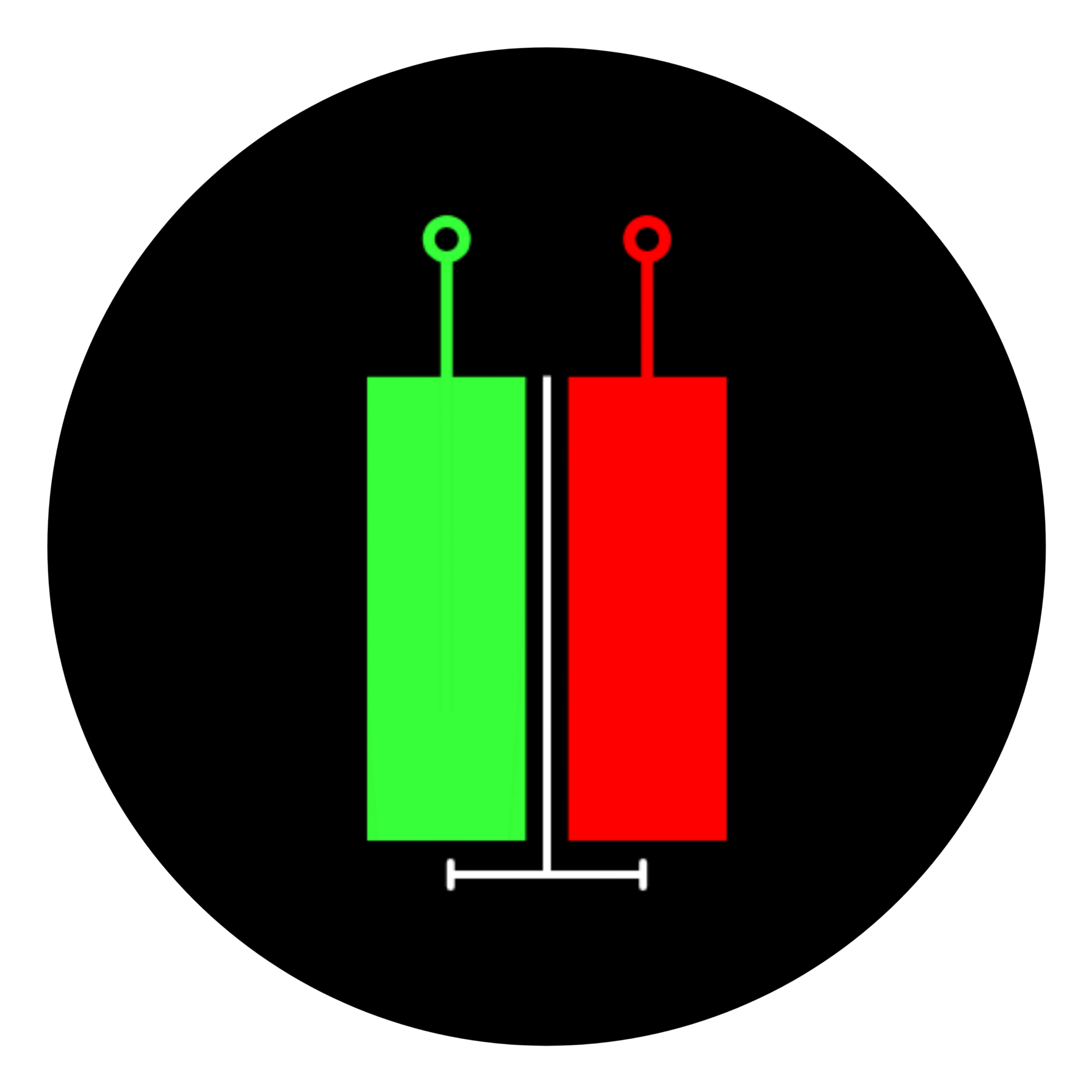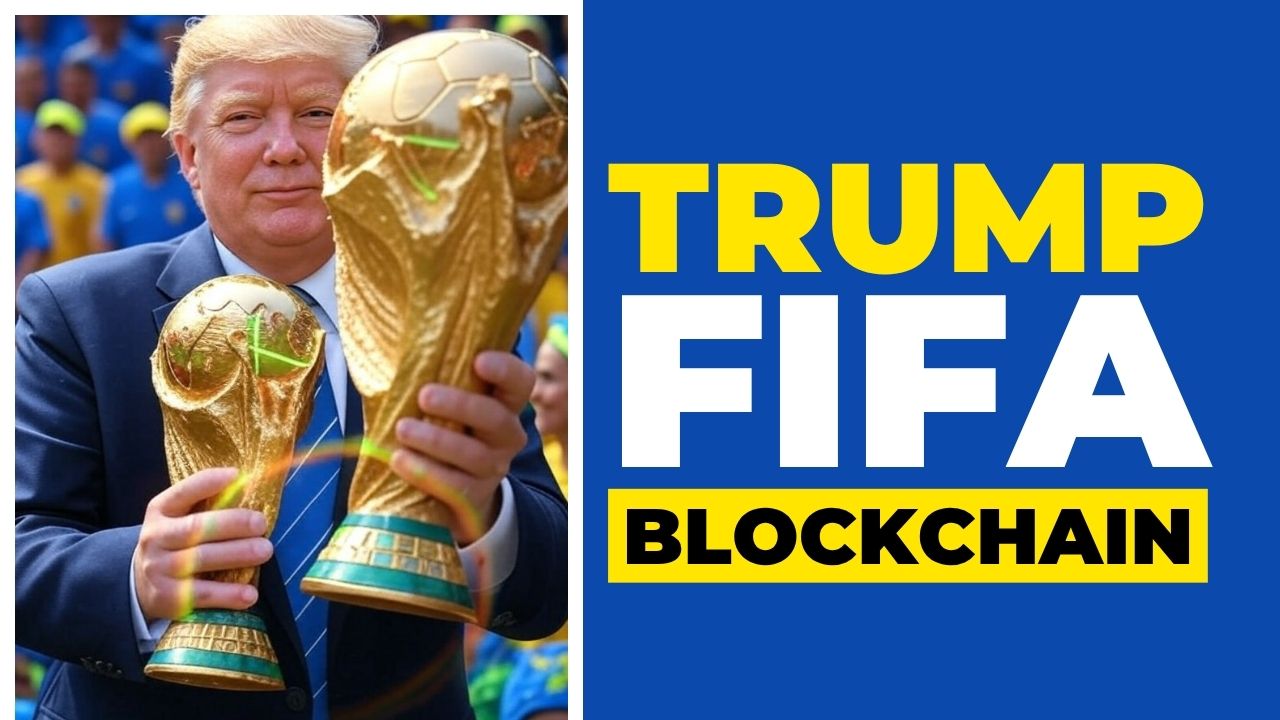The FIFA World Cup has always been soccer’s biggest stage—a place where fans from every corner of the globe come together to celebrate the beautiful game. But as the U.S. prepares to host the 2025 FIFA Club World Cup and co-host the 2026 Men’s World Cup, things have gotten complicated.
On June 4, 2025, President Trump signed a travel ban affecting 12 countries, including Iran, Haiti, Libya, and Afghanistan. The timing couldn’t be worse—just 10 days before the Club World Cup kicks off.
Meanwhile, FIFA has been busy launching its own blockchain network, moving its FIFA Collect platform to what they’re calling the “FIFA Blockchain.” It’s a strange moment where cutting-edge tech meets old-fashioned politics, and soccer fans are caught in the middle.
The Travel Ban Problem
Trump’s latest travel restrictions hit 12 countries hard: Afghanistan, Myanmar, Chad, Republic of Congo, Equatorial Guinea, Eritrea, Haiti, Iran, Libya, Somalia, Sudan, and Yemen. Seven others face partial restrictions. The official reason? National security concerns following a terror attack in Boulder, Colorado.
There’s an exemption for athletes and coaches—they can still compete. But fans? They’re mostly out of luck. Iran has already qualified for the 2026 World Cup, and their supporters won’t be able to make the trip to cheer them on. Same goes for fans from other affected countries whose teams might qualify.
The numbers are stark. FIFA says they’ve sold tickets to people from over 130 countries for the Club World Cup, but there’s no clear plan for handling fans from banned nations. Visa processing delays, already stretching over 700 days in some regions, make things even worse.
Back in 2017, FIFA President Gianni Infantino was pretty clear about this stuff: “Any team, including supporters, who qualify for a World Cup need to have access, otherwise there is no World Cup.” That statement feels pretty relevant right now, but Infantino has been notably quiet about the current situation.
FIFA Goes Digital
While dealing with travel restrictions, FIFA has been pushing hard into blockchain technology. In May 2025, they moved their FIFA Collect platform to their own custom blockchain network, built on Avalanche technology. They’re calling it faster and more wallet-friendly than their previous setup on Algorand.
The numbers are impressive—over 1.5 million NFTs minted and 10 million transactions recorded. FIFA is clearly betting big on digital fan engagement, offering everything from collectible cards to VIP event access through their platform.
There’s been speculation about a “FIFA Coin” ever since Infantino showed up at a White House Crypto Summit in March. While nothing’s been officially announced, the idea makes sense given FIFA’s blockchain push. A FIFA-controlled digital currency could handle cross-border transactions, reward programs, or even virtual fan experiences.
Also Read – The Very First Post You Should Read to Learn Cryptocurrency
But the technology isn’t without problems. Some users are already complaining about speed issues compared to the old Algorand system. One post on social media warned about potential system crashes during high-demand events like World Cup ticket sales.
The Political Dance
Here’s where things get interesting. Infantino has been making regular visits to the White House, including a May 2025 meeting where Trump signed a FIFA soccer ball. It’s a far cry from his 2017 stance about open access for all fans.
The relationship appears practical rather than principled. FIFA needs the U.S. as a host – the 2026 World Cup is expected to generate $50 billion in economic impact. But this cozy relationship comes at a cost to FIFA’s stated values of global unity and inclusion.
The blockchain technology could give FIFA more independence from host country restrictions, at least in the digital realm. A FIFA-controlled currency and platform could theoretically allow excluded fans to participate virtually, even if they can’t physically attend games.
What’s Next?

The 2025 Club World Cup starts June 14, featuring 32 top clubs across 12 U.S. venues. Ten players from travel-restricted countries will be there, but their fans largely won’t be. It’s a preview of what might happen during the much larger 2026 World Cup.
FIFA’s blockchain experiment is still in its early stages. While the technology offers interesting possibilities for fan engagement, it can’t solve the fundamental problem of physical exclusion from stadiums. Virtual experiences might help, but they’re not the same as being there in person.
The real test will be whether FIFA uses its growing technological capabilities to find creative solutions for excluded fans, or whether the blockchain initiative remains focused on revenue generation through digital collectibles and NFTs.
Human Rights Watch has already questioned whether the U.S. should host global events while maintaining travel restrictions. FIFA faces a choice between its stated principles of global inclusion and the practical realities of working with host governments.
The World Cup has always been about more than just soccer—it’s a statement about bringing the world together. As we head toward 2026, that vision is being tested in ways that even the most advanced blockchain technology might not be able to fix.
Also Read – I Created the Best Bitcoin Guide You’ll Ever Read
This article is for informational purposes only and should not be considered financial advice. Investing in stocks, cryptocurrencies, or other assets involves risks, including the potential loss of principal. Always conduct your own research or consult a qualified financial advisor before making investment decisions. The author and publisher are not responsible for any financial losses incurred from actions based on this article. While efforts have been made to ensure accuracy, economic data and market conditions can change rapidly. The author and publisher do not guarantee the completeness or accuracy of the information and are not liable for any errors or omissions. Always verify data with primary sources before making decisions.

